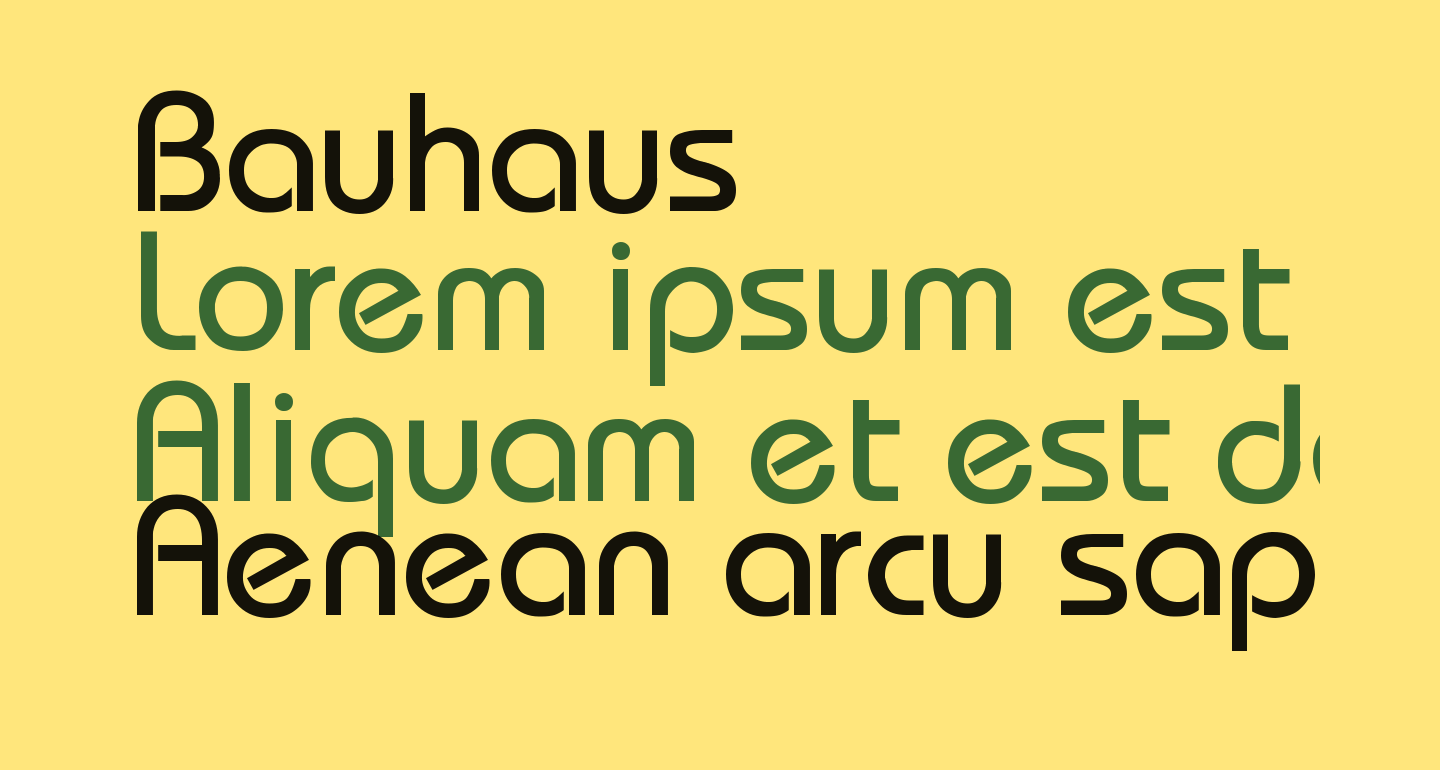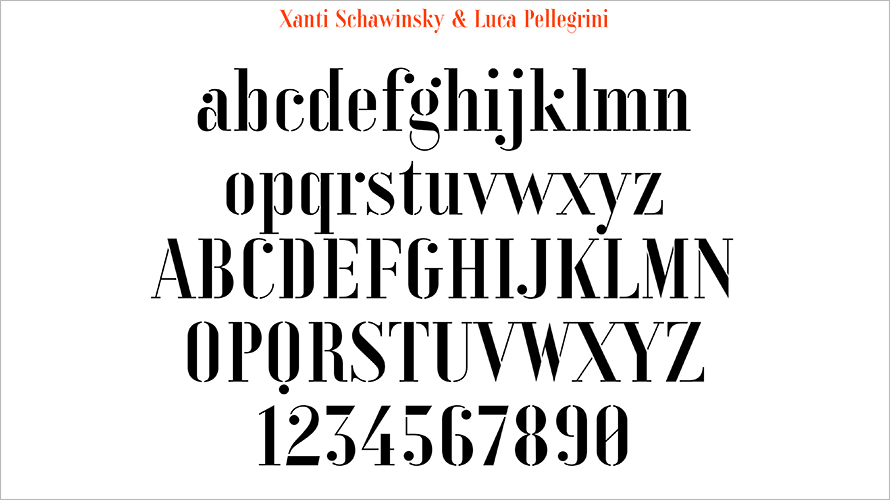
🌐 Wiki languages: 1,000,000+ articles English Русский Deutsch Italiano Português 日本語 Français 中文 العربية Español 한국어 Nederlands Svenska Polski Українська مصرى 粵語 Dansk فارسی Tiếng Việt Winaray Sinugboanong Binisaya 🔥 Top trends keywords English Wiki: Main Page Special:Search Elizabeth Holmes 2022 FIFA World Cup 2022 Malaysian general election 1899 (TV series) Black Panther: Wakanda Forever Drishyam 2 (2022 film) FIFA World Cup YouTube International Men's Day Wiki:Featured pictures Qatar Christina Applegate Cleopatra Theranos Disenchanted (film) Elon Musk The Menu (2022 film) 2026 FIFA World Cup Mohamed Al-Fayed Dodi Fayed Deaths in 2022 Gianni Infantino Perikatan Nasional Franz Kafka Cristiano Ronaldo The Wonder (film) 2018 FIFA World Cup Web server directory index Black Adam (film) Sam Bankman-Fried Leonard v. ^ "Hidden Treasures of the Bauhaus Dessau | Adobe Fonts".^ "Six Fonts that Prove Bauhaus-Inspired Typography is Alive and Well"."Unfinished Bauhaus Typefaces Are Now at Your Fingertips". "Moholy-Nagy and the New Typography: a comprehensive publication finally released - TypeRoom". "Jan Tschichold: the father of modern typography in his own words - TypeRoom".

^ a b "Herbert Bayer: creator of the Bauhaus' universal typography".

The emphasis must be on absolute clarity." Blippo In 1929, Bauhaus professor, László Moholy-Nagy, issued a statement that said typography "must be communication in its most intense form. The treatise shaped modern typography, printing, and graphic design. Jan Tschischold, heavily inspired by the Bauhaus school though never a member, developed a New Typography in 1928. Major elements of Bauhaus typography in Bayer's original form were the elimination of capital letters, composition based on strong geometrical elements and expressive use of colors, and the replacement of the Gothic font by a more cosmopolitan font suitable for the move from handcrafted to standardized production.

The most well known Bauhaus typeface is Bayer's Universal. In that era, they would only be drafts, and were not manufactured into printing typefaces yet, although they were used for signs, book covers and publications by the Bauhaus. After some years of design work at the school, Herbert Bayer and Joost Schmidt created the more recognizable proposals - sans-serif geometric letterings, with decorative elements of the font removed for a crisp industrial style. Contrary to their current perception, in its early years, the Bauhaus school printed serif art nouveau typefaces.


 0 kommentar(er)
0 kommentar(er)
